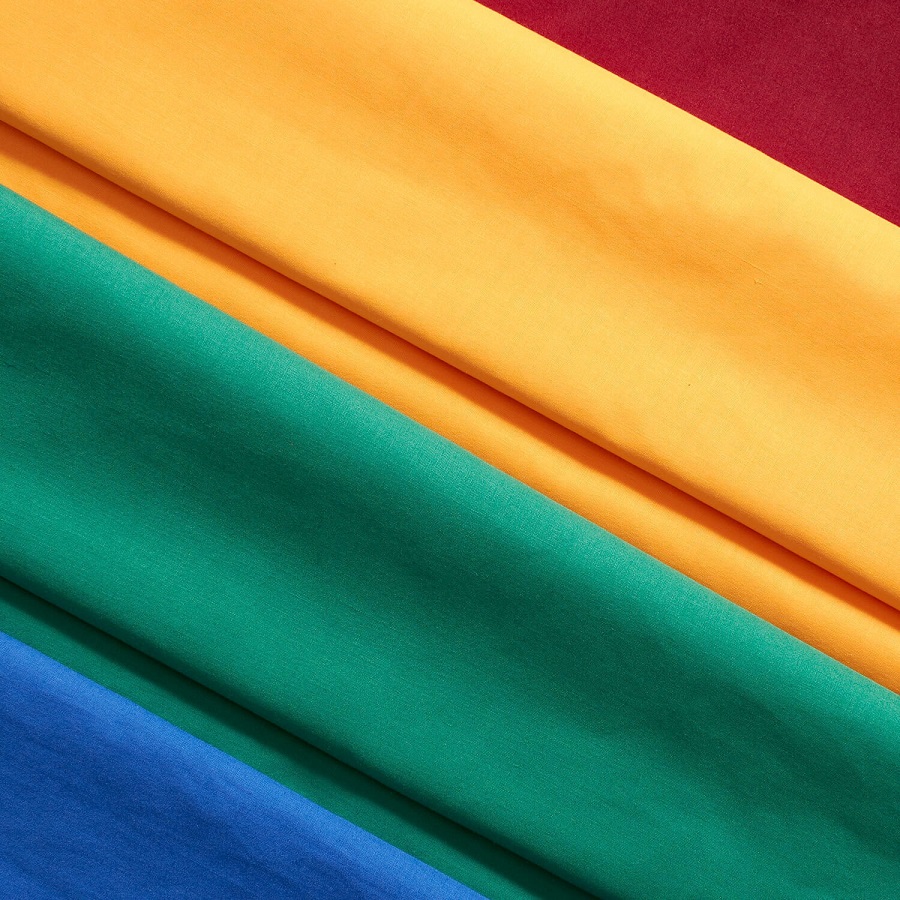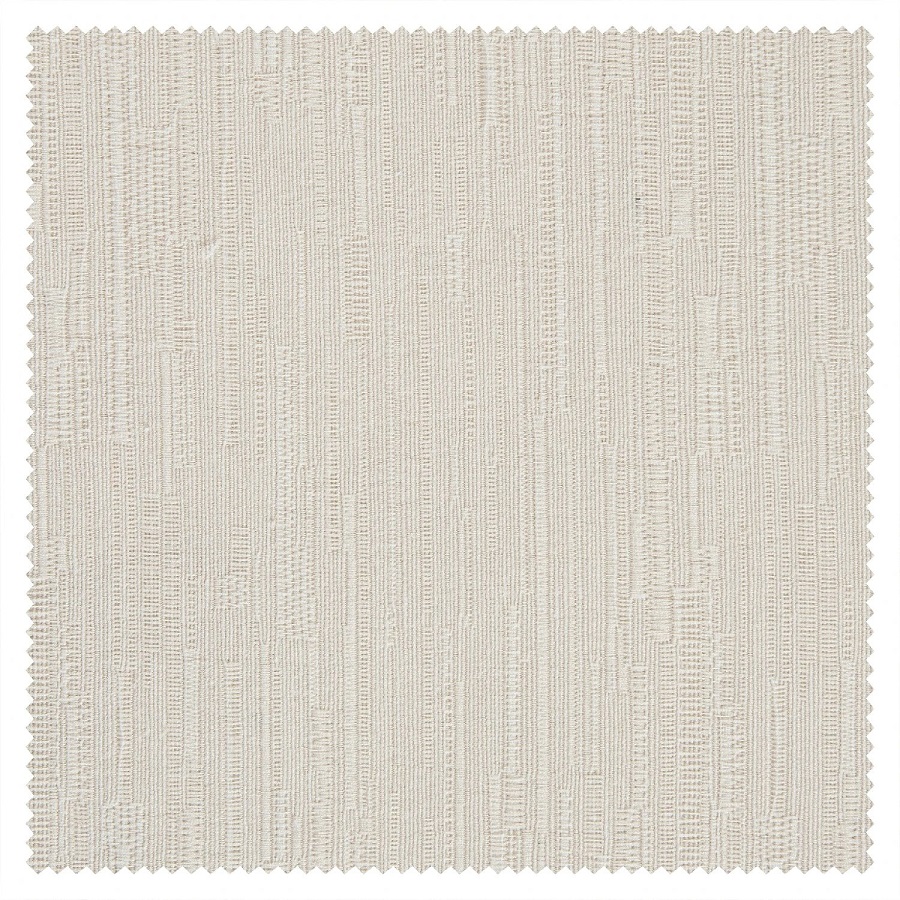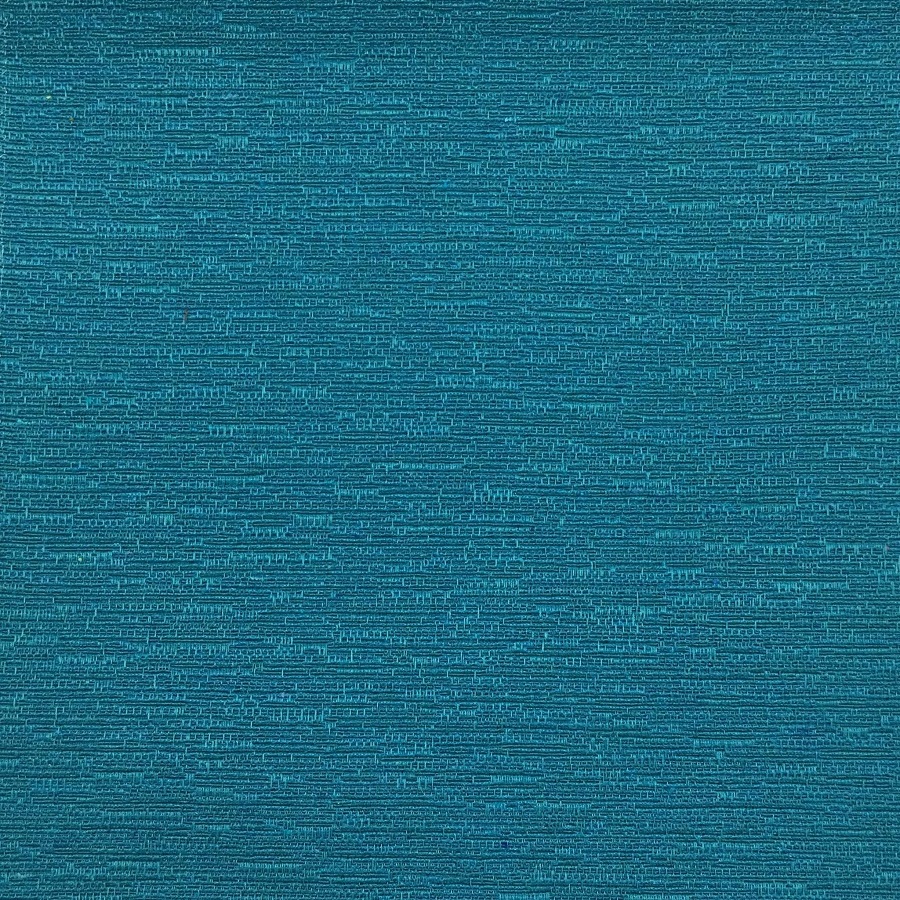Introduction to Cotton Polyester Blend Fabric
Cotton polyester blend fabric marries two popular textiles’ properties. We find cotton, a natural fiber, soft and breathable. Polyester, a synthetic material, adds durability and wrinkle resistance. Blended, they create a versatile fabric for various uses. This blog post will explore the cotton polyester blend fabric, highlighting its advantages and drawbacks. We’ll cover its robustness, care ease, cost benefits, and versatility. Afterward, we’ll discuss its environmental impact, comfort levels, and usage limitations. The comparison with pure cotton and polyester will offer further insights. We’ll also touch on common uses in fashion and home decor. Finally, we’ll peek into the future of cotton polyester blends in textiles.
The Pros of Cotton Polyester Blend Fabric
Durability and Longevity
Cotton polyester blend fabric is known for its exceptional strength. The polyester fibers in the blend contribute to a higher resistance against wear and tear. This means garments and items made from this fabric tend to last longer. They withstand frequent washing and everyday use better than those made from pure cotton.
Easy Maintenance
One of the most appreciated benefits of cotton polyester blend fabric is its ease of maintenance. This fabric requires less care than pure cotton, which typically shrinks and wrinkles easily. Clothes made from this blend don’t need ironing as often, saving time and effort. They also dry faster, making them ideal for busy lifestyles.
Cost-Effectiveness
Using cotton polyester blend fabric is cost-effective. It is generally cheaper than pure cotton, yet offers improved durability which can lead to a longer lifespan. This quality helps in reducing the need for frequent replacements, saving money in the long run. Plus, the fabric’s low maintenance reduces laundry expenses.
Versatile Applications
The versatility of cotton polyester blend fabric is another advantage. It can be used in a variety of products, from casual wear to formal attire, and from bed linens to upholstery. This adaptability stems from blending the softness of cotton with polyester’s strength, creating a fabric that is practical for many uses.

The Cons of Cotton Polyester Blend Fabric
While the cotton polyester blend fabric has several benefits, it’s essential to consider its drawbacks. Here we’ll examine the fabric’s environmental impact, its comfort and breathability issues, and some limitations in use.
Environmental Impact
The production of cotton polyester blend fabric can harm the environment. The synthetic fibers in the blend, namely polyester, derive from fossil fuels, contributing to pollution. When washed, polyester fibers can shed microplastics, polluting waterways and marine life. Cotton production also has downsides, such as high water consumption and pesticide use, impacting ecosystems negatively.
Comfort and Breathability
Cotton polyester blend fabric may not be as comfortable as pure cotton. Cotton’s natural breathability is somewhat reduced when blended with polyester, which can trap heat. This can lead to discomfort during hot weather or when worn for long periods. People with sensitive skin might find this fabric less comfortable or even irritating.
Limitations in Use
There are limitations to where cotton polyester blend fabric can be optimally used. High-performance activities or extreme temperatures may require fabrics with better moisture-wicking or insulation properties. Moreover, the fabric’s properties are fixed, so it does not offer the complete benefits of either pure cotton or pure polyester, which can be a downside for certain applications.
Comparison with Pure Cotton and Pure Polyester Fabrics
When evaluating cotton polyester blend fabric, it’s helpful to compare it to its pure counterparts.
Pure Cotton Fabrics
Pure cotton is all natural, making it soft, comfortable, and highly breathable. It’s an ideal choice for hot climates and those with sensitive skin. However, cotton can wrinkle easily and may not last as long without proper care.
Pure Polyester Fabrics
On the other hand, pure polyester is strong, durable, and resistant to wrinkling and shrinking. It washes well and dries quickly, which contributes to its low maintenance. But polyester lacks the natural breathability of cotton, which can make it less comfortable in warm conditions.
In summary, cotton polyester blend fabric offers a middle ground, combining the comfort of cotton with the durability of polyester. This blend is less likely to wrinkle than pure cotton and more breathable than pure polyester, making it a practical choice for everyday wear and varied textile products.

Common Uses in Fashion and Home Decor
Cotton polyester blend fabric finds many fans in the realms of fashion and home decor. Its qualities make it highly sought after for various items. Here, we’ll delve into some of the most popular uses.
In Fashion
Cotton polyester blend fabric is a go-to for clothing designers. Its ability to resist wrinkles and maintain shape after washing is a big plus. You’ll find it in shirts, pants, dresses, and jackets. It’s also common in workout clothes because it’s durable. It can handle the wear and tear of physical activity well.
In Home Decor
This fabric is a popular choice for home furnishings. It stands up to daily use in items like couch covers, curtains, and bedding. It resists fading, which is great for items exposed to sunlight. Its ease of care makes it ideal for busy households. This blend also holds up well in washes, keeping your home looking fresh and neat.
Cotton polyester blend fabrics serves well in both fashion and home decor settings. It offers both practicality and style. Designers and homeowners alike appreciate its combination of durability and aesthetics. Whether it be a trendy blouse or a cozy throw pillow, this fabric suits all kinds of needs and tastes.
Tips for Working with Cotton Polyester Blends
Working with cotton polyester blend fabric calls for some specific considerations to ensure the best results in your textile projects. Here are valuable tips to keep in mind:
Pre-washing
Pre-wash your cotton polyester blend fabric before starting your project. This step helps to eliminate any potential shrinkage. It also ensures the fabric’s texture stabilizes before you cut and sew.
Sewing Techniques
Use a universal needle when sewing with cotton polyester blend fabric. A size 80/12 needle works well for most weights of this fabric. Adjust stitch lengths to avoid puckering, and always test on a scrap piece first.
Ironing Settings
Set your iron on a medium heat setting when pressing this blend to avoid scorching. If your fabric is heavily cotton-based, you can use a slightly warmer setting. Use a pressing cloth to protect the fabric for the best finish.
Blending with Other Fabrics
When combining cotton polyester blend fabric with other materials in a garment, ensure that they have similar care requirements. This step simplifies garment care after construction. It is also wise to choose fabrics that behave similarly under the sewing machine.
Color Matching
Color match your threads carefully. A blended fabric might not dye uniformly due to the different properties of cotton and polyester, which can affect the final hue. Always compare thread colors in natural light to find the best match.
By following these simple yet effective tips, you can work with cotton polyester blend fabrics confidently. You’ll be able to create durable, low-maintenance, and versatile items that make the most of this blended material’s benefits.

The Future of Cotton Polyester Blends in the Textile Industry
The future of cotton polyester blend fabrics in the textile industry looks promising. This fabric’s unique blend combines natural and synthetic elements, catering to the demand for durable yet comfortable clothing. Innovations are focusing on reducing its environmental footprint. Sustainable practices, like recycling polyester and improving cotton farming methods, are on the rise. The aim is to create a more eco-friendly version of the fabric.
Advancements in technology may also lead to enhanced features. These can include better moisture-wicking properties and a softer feel. Brands are exploring how to increase the fabric’s breathability. This will make it more appealing for use in warmer climates and active wear. As consumers become more aware of the materials they wear, the industry is responding. They’re creating cotton polyester blends that balance comfort, durability, and sustainability.
Furthermore, new treatments and finishing techniques are in development. These innovations aim to make the fabric more resistant to stains and odors. They will extend the life of garments even further. Such advancements could revolutionize how we use and care for our textiles. They also add to the overall appeal of cotton polyester blends. The market for these fabrics is likely to expand beyond fashion and home decor. We may see its use grow in technical and industrial textiles too.
In conclusion, the cotton polyester blend fabric’s fortitude and versatility position it well for future growth. Its potential for innovation could lead to a new generation of textiles. They will meet the evolving needs of consumers and industries. The key will be balancing these enhancements with the urgent need for sustainability.
